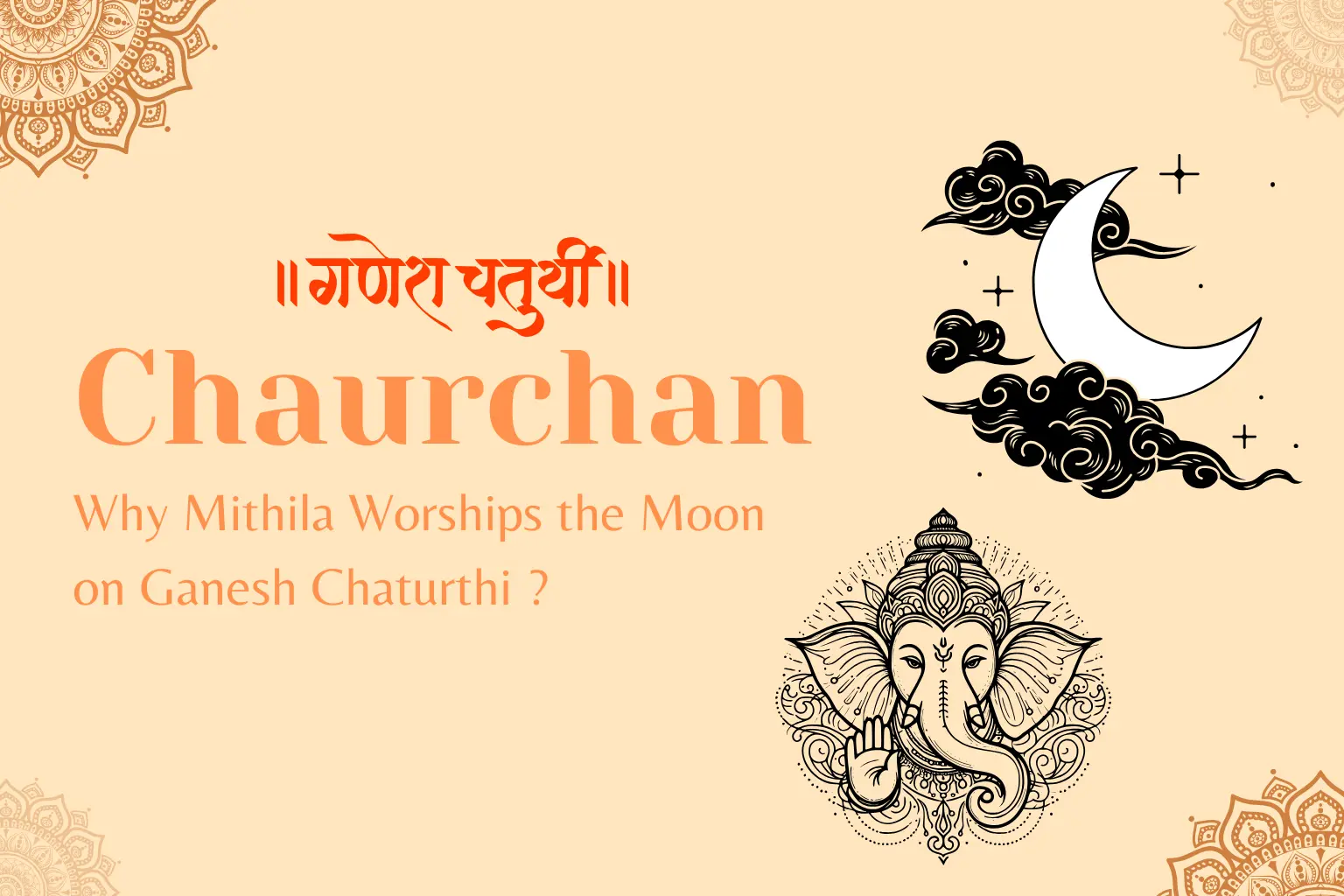The Archaeological Museum of Bodh Gaya is a key place that showcases the rich culture of one of Buddhism’s most important sites. Located near the famous Mahabodhi Temple, the museum houses ancient artifacts and relics that tell the story of Buddhism and its history. It plays an important role in protecting the cultural heritage of Bodh Gaya, making it a must-visit for tourists and scholars alike.
History of the Museum
The Archaeological Museum was founded in 1956 by the Archaeological Survey of India (ASI) to protect and display important finds from Bodh Gaya and its nearby areas. The museum’s creation was influenced by early excavations led by figures like Alexander Cunningham. These excavations uncovered artifacts dating back to the Mauryan and Gupta periods.
The museum was built to showcase these historical findings, particularly those related to the Mahabodhi Temple. These discoveries helped people better understand the historical and spiritual significance of Bodh Gaya.
Architectural Details
The design of the museum combines modern architecture with traditional elements. It has a central courtyard that allows sunlight to fill the space, creating a calm and open atmosphere. The museum’s galleries display a variety of collections in an organized way.
The architecture also includes symbols inspired by Buddhist art, making the design fit well with the peaceful and spiritual surroundings of Bodh Gaya.
Collections and Exhibits
The museum holds a remarkable collection of ancient artifacts that reflect both Buddhist and Hindu traditions. Some key exhibits include:
- Sculptures: Beautiful sculptures from different periods, including large Buddha statues in different hand gestures (mudras), such as abhay mudra (gesture of fearlessness) and bhumisparsa mudra (gesture of touching the earth).
- Buddhist Relics: Various inscriptions and manuscripts that tell stories about Buddha’s life and teachings.
- Terracotta Items: Artifacts from the early civilizations around Bodh Gaya, showing the craftsmanship of ancient times.
- Interactive Exhibits: The museum has multimedia presentations that help visitors better understand the artifacts.
Notable items include a large Buddha statue in the abhay mudra, detailed carvings from the 2nd century BCE, and ancient coins that show how art and culture evolved in the region.
Cultural and Historical Significance
The Archaeological Museum plays a key role in preserving Bodh Gaya’s heritage. It holds vital artifacts that help us learn about Buddhist history and culture. The museum is an important resource for historians, archaeologists, and students.
It also attracts scholars and tourists from all over the world, helping people appreciate the deep roots of Buddhism and its impact on the world’s culture. The museum reflects Bodh Gaya’s legacy as a center of spiritual learning.
Present-Day Relevance
Today, the museum is managed by the ASI and continues to grow with efforts to preserve and modernize its collections. It regularly holds events, workshops, and exhibitions to raise awareness about Buddhist heritage and archaeology.
These initiatives enhance the visitor experience and encourage local communities to join in preserving their cultural history. The museum also hosts educational programs to inspire younger generations to take an interest in archaeology.
Beliefs and Superstitions
Many of the museum’s relics are thought to have spiritual significance. Some local beliefs say certain artifacts have healing powers or bring blessings. Stories of miraculous events connected to these relics are passed down through generations.
Visitors often take part in spiritual rituals like lighting candles or offering prayers near important exhibits. These practices show how deeply Buddhism is linked to the cultural heritage of Bodh Gaya.
Visitor Experience
For those planning to visit the Archaeological Museum:
- Timings: The museum is open from 10 AM to 5 PM and remains closed on Fridays.
- Entry Fee: The entry fee is ₹10, making it affordable for all visitors.
- Facilities Available: Guided tours are available for those who want to learn more about the exhibits. The museum also has souvenir shops where visitors can buy replicas of the artifacts.
Tips for exploring:
Take your time to visit each gallery and learn about the details of the exhibits. Having a guide can make your visit even more informative.
Nearby Attractions
The Archaeological Museum is close to several other popular attractions:
- Mahabodhi Temple: A UNESCO World Heritage Site where Buddha achieved enlightenment.
- Great Buddha Statue: A 80-foot statue representing peace and spirituality.
You can plan a full day by visiting these sites one after another to experience the rich cultural and spiritual heritage of Bodh Gaya.
Final Thoughts
The Archaeological Museum of Bodh Gaya is an essential part of preserving the history and culture of Buddhism. It offers valuable insights into ancient cultures through its collection of artifacts. A visit to the museum allows people to better understand the historical importance of Buddhism and contributes to the preservation of this cultural treasure. It’s a must-see for anyone who wants to explore the rich heritage of Bodh Gaya.
Frequently Asked Questions
What can I expect to see at the Archaeological Museum?
Visitors can see ancient sculptures, Buddhist relics, terracotta items, and inscriptions related to Buddhism and Hinduism.
Are there any photography restrictions?
Photography is usually allowed, but it’s best to check the guidelines when you arrive.
What is the best time to visit?
The best time to visit is between October and March when the weather is comfortable for exploring.
Is there an entry fee?
Yes, there is a small entry fee of ₹10.





Leave a Reply